This dead Eastern Coachwhip snake was found the other day by a neighbor. The neighbor has netting over a row of plants in her garden to keep the deer from nibbling. It looks like the snake got its mouth tangled up in the netting and couldn’t get out.
Category Archives: Hollow News
Twelve Years of Notes from the Hollow
Notes from the Hollow started as an emailed newsletter twelve years ago in 1999. First, the updates were meant for my brother, Erik Weems, who had left Arkansas and moved to the east coast. Occasionally, other people would be added to the mailing list depending on the topic. Then the unexpected happened, somebody actually asked to receive new updates to Notes from the Hollow. Then it happened again. And again.
In early 2008, at the suggestion of Erik, Notes from the Hollow became a blog. Some of the handful of regular readers made the switch to the blog and a few new readers were added. Sometimes, though, an entry would be posted that had wider appeal. I found a box turtle with a cracked shell and photographed the poor old guy with my cheap camera. It was read by dozens of people finding it through Google search results. On rare occasions, entries were viewed hundreds of times.
So, sometimes when something interesting happens here in this little hollow, like a baby possum being found in the tub of dogfood, I take some pictures and update Notes from the Hollow.
One Response to Twelve Years of Notes from the Hollow
Black Racer in the Blackberry Bush
A Little Possum in the Dog Food
I reached into the dark tub of dog food and jerked my hand back at movement. This is what I saw.
Just a cute little Didelphis virginiana, I says to myself. What to do? It will have a broken neck if the dogs get hold of it. When the coast was clear, the cute little Virginia Opossum was transferred to a cage for transportation and loaded into the back of the Land Cruiser.
Just as it was let loose in the tall grass on the hill behind the barn, up come two dogs. The dogs’ attention was easily diverted by offering them a ride in the Land Cruiser.
Turtles are Still on the Move
This Must be the 13-Year Cicada/Locust
Wild Rose in Bloom
Chandler Accidently Locked in the Neighbor’s Garage
Box Turtles Embark On Yearly Searches
Don’t Make Me Angry…
Directly behind our house there is a spring that is the beginning of a small creek. Much of the water is captured in an 800 gallon storage tank built into the hillside in the 1940s. The overflow water from this concrete holding tank seeps into the ground and normally flows placidly out of the bottom of the hill. Theory has it that this spring, which has not gone dry in the past 100 years, is fed by an underground lake inside the mountain that forms our eastern border.
This gentle spring, home of happy salamanders and shy crawdads, becomes increasingly angry as rain falls. After the recent foot of rain fell, the spring voiced its indignant displeasure with an engraged roar that could be heard from a surprising distance. The photograph above displays the beauty of the spring, but not the anger.
Semi-Circle of Life
Upon a Winter’s Bat
I was surprised at dusk to look up and see a large solitary bat at treetop level flying slowly toward the creek that drains the biggest spring in the hollow. Even with the warm weather the last few days it seemed early to see a bat – but then I do not know much about these fine, non-feathered friends. In moments of mammalian confusion there is only one person to turn to: Dr. John A. Sealander, my boyhood hero. Since that is actually impossible, I pulled his book off the shelf and cracked it open toward the front where I knew the bat section to be. A Guide To Arkansas Mammals should be in every Arkansawyer’s reference section, both for practical and patriotic reasons.
Reading Professor Sealander’s thoughts on the topic I was able to narrow down the type of bat it could be. The bat I saw was unlike the normal little things we see every spring and summer, flitting around in crooked lines as if intoxicated. This bat’s sheer size and that it flew around in an orderly fashion on a warm winter’s day at twilight were clues to its identity.
A dozen or more types of bats inhabit this part of the Ozarks, but only four have the obvious characteristics my untrained eye observed. From what I read, my guess is I saw the common Big Brown Bat, but I really don’t know. It could also be a Red Bat, a Hoary Bat or an Evening Bat. I think of bats as eating mosquitos, which the little bats do, but these big ones sometimes eat things like wasps and June bugs. Interesting.










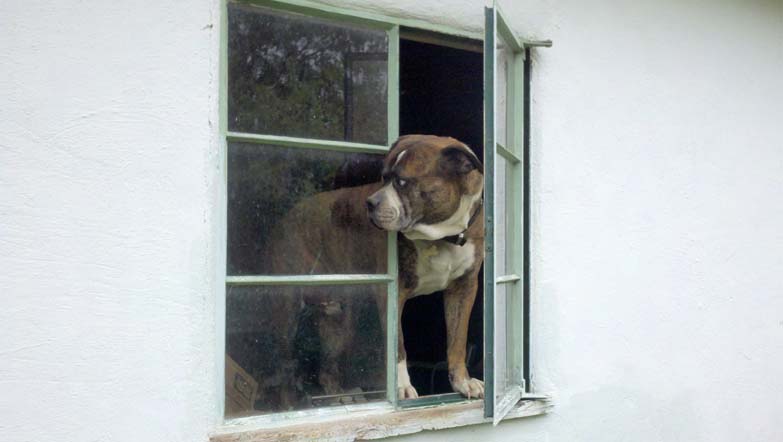
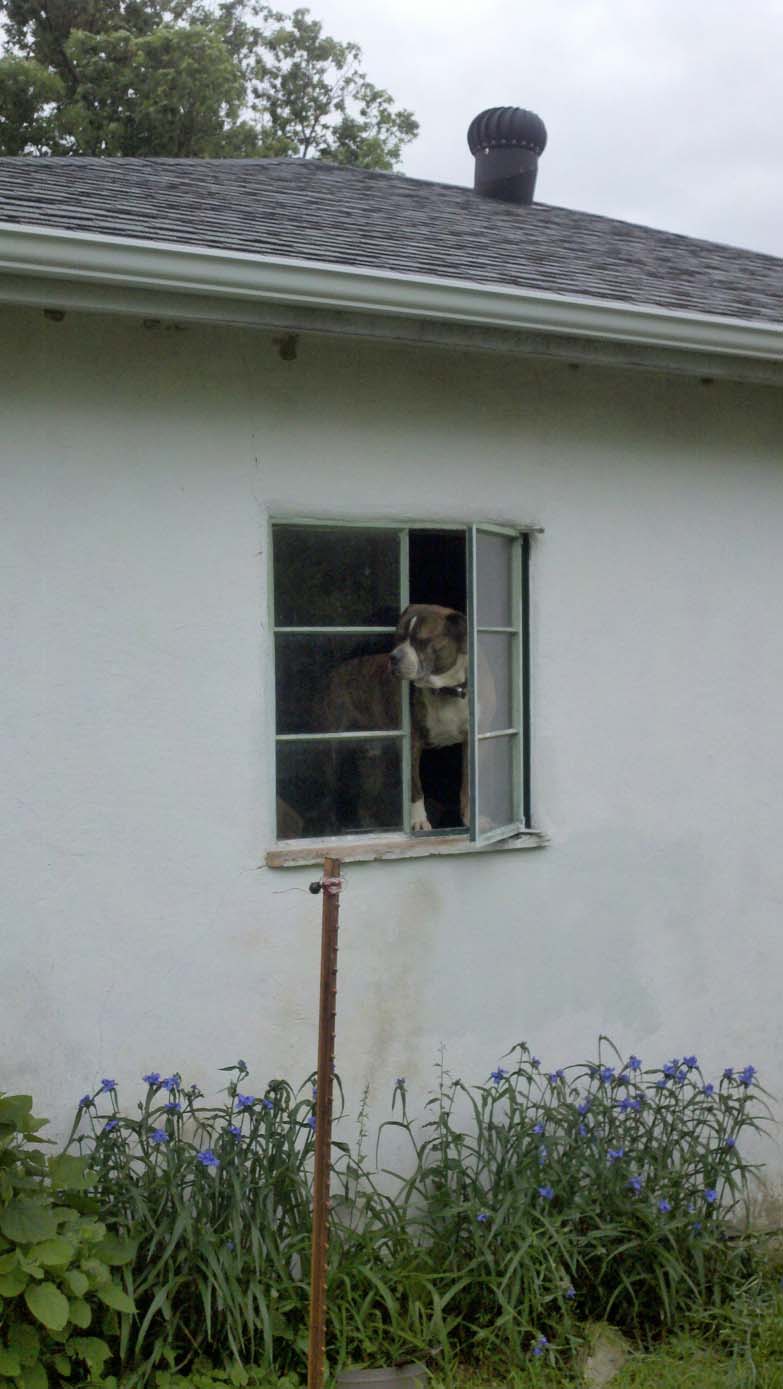


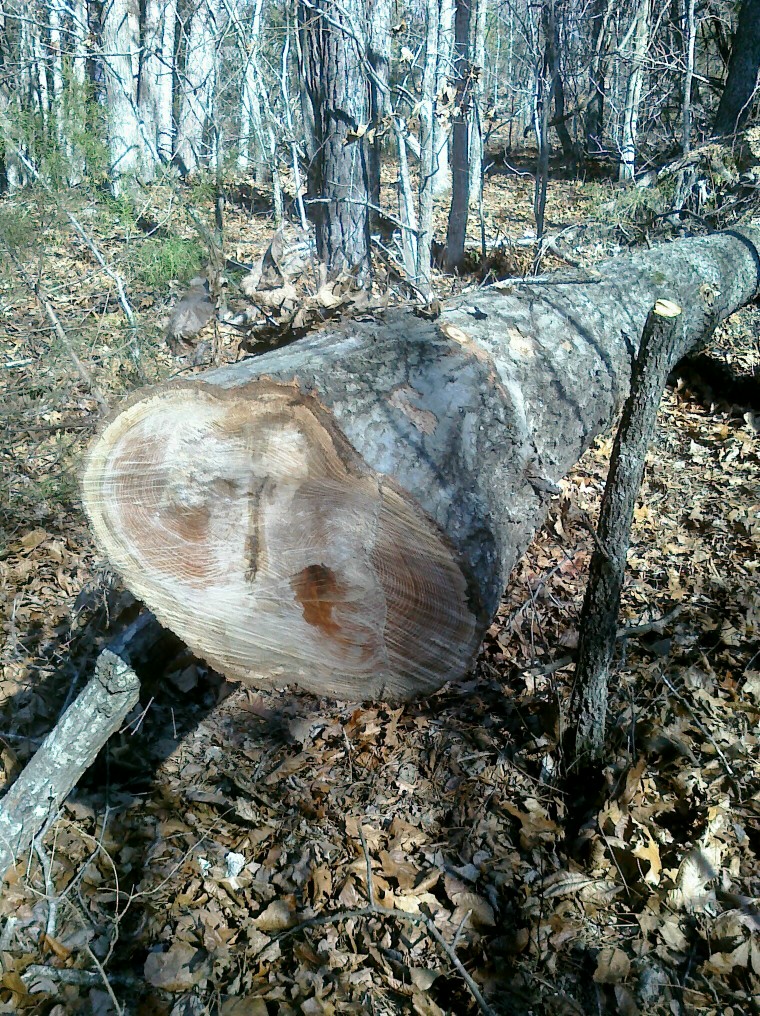

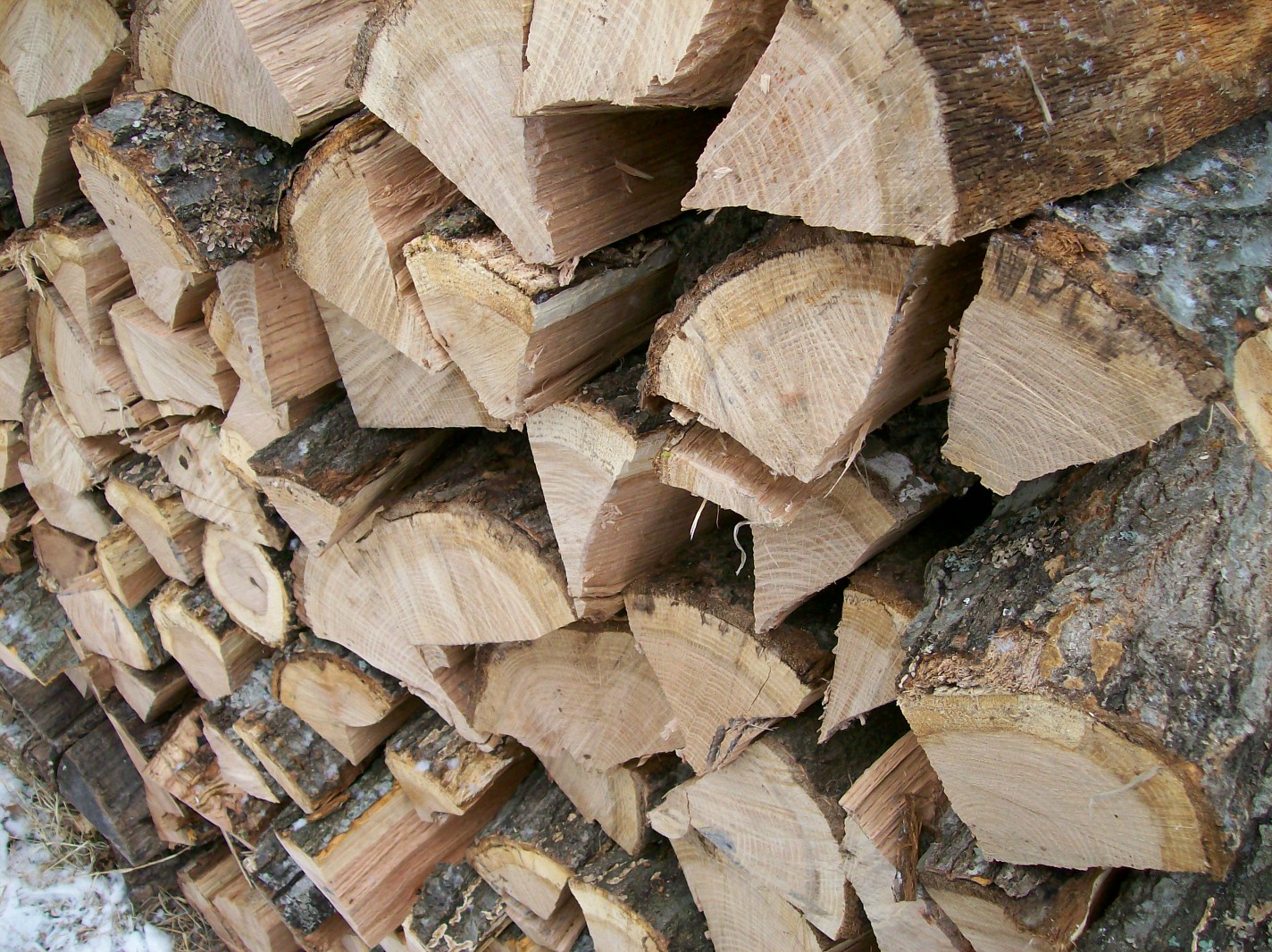
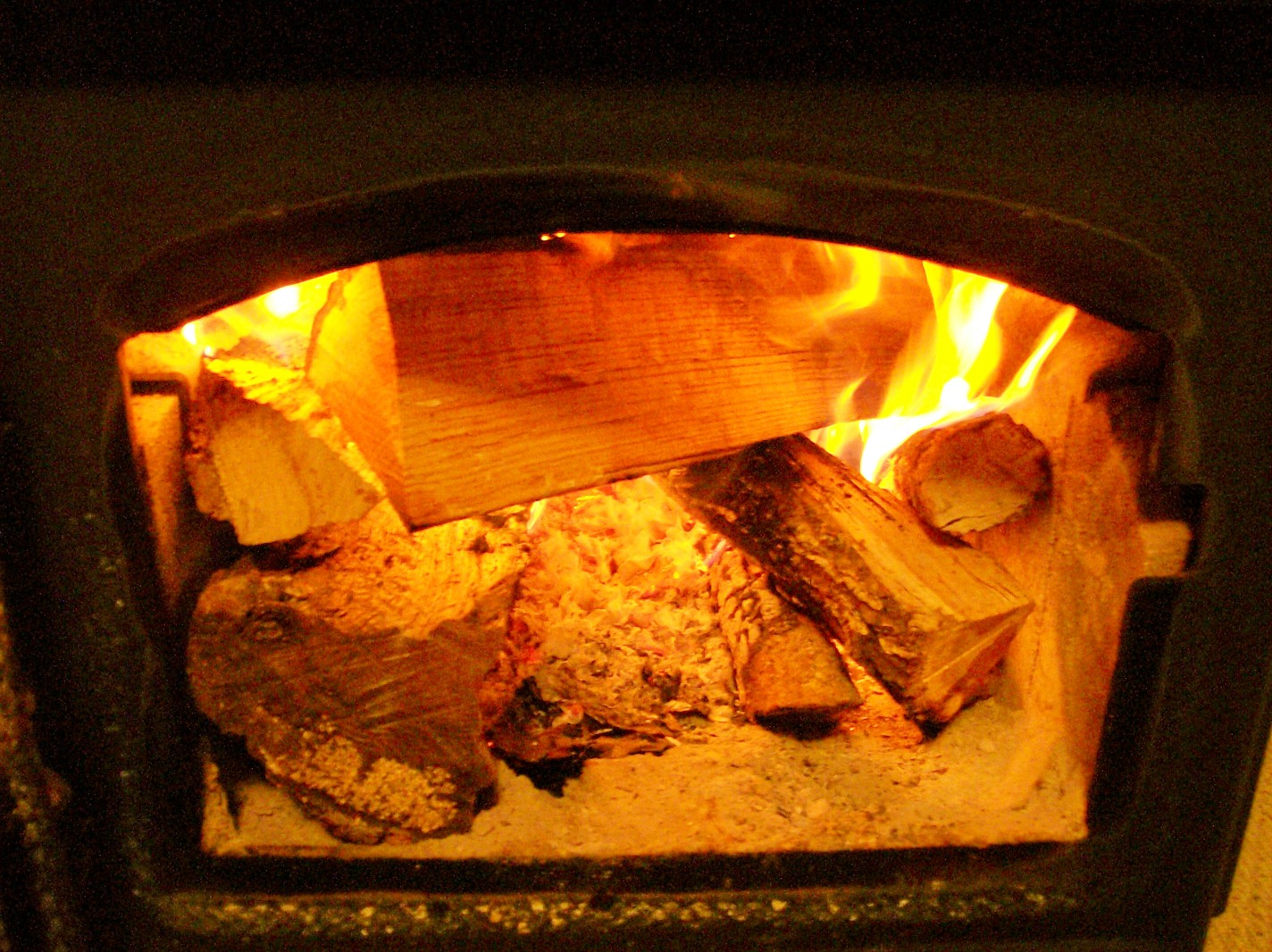
I’ve enjoying your notes for a few months now and have started my own blog of a simular style. My title is, Barefoot Arkansayer.